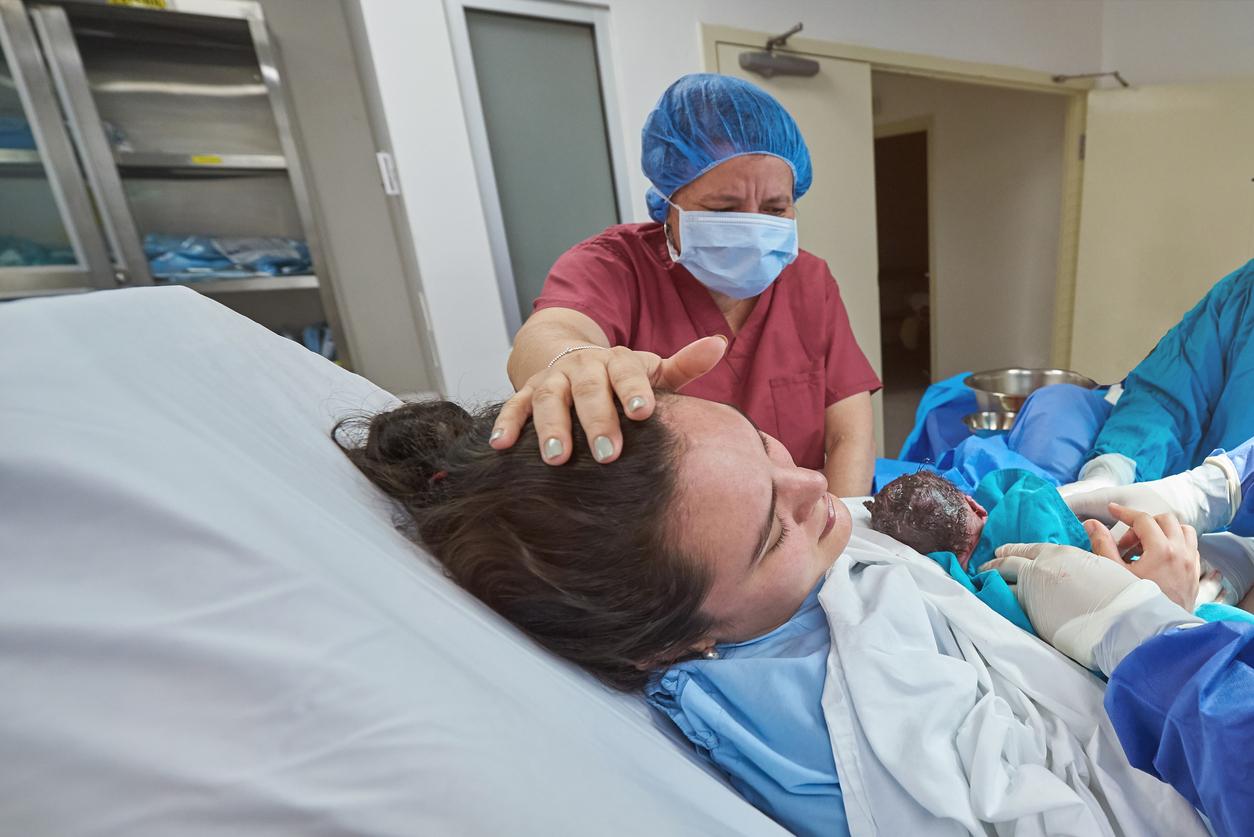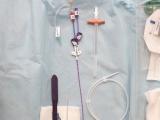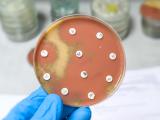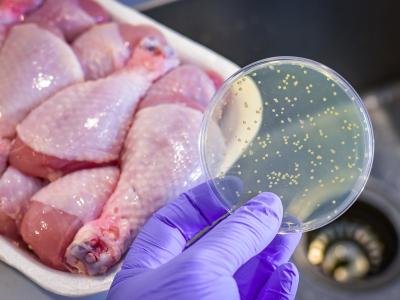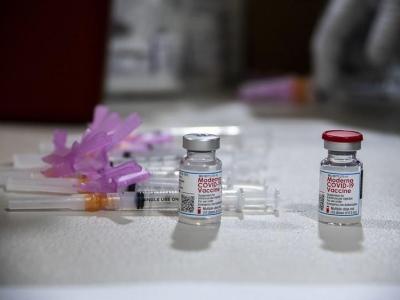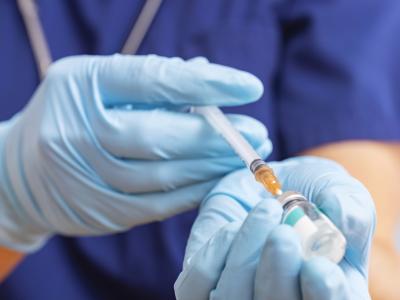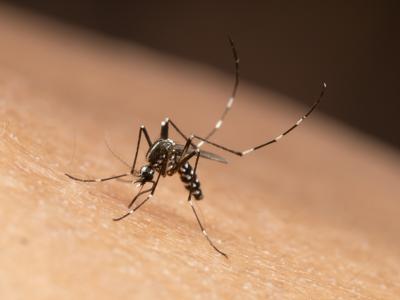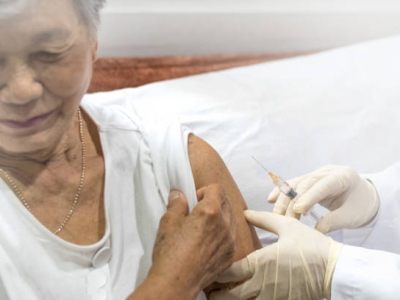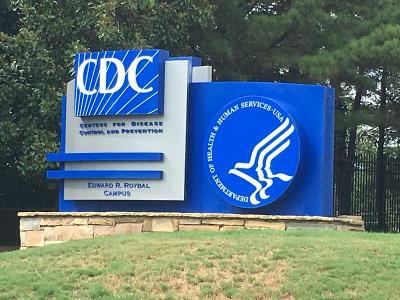The results of a randomized clinical trial conducted in the United Kingdom suggest a single dose of preventive antibiotics after assisted childbirth could cut the number of maternal infections by nearly half.
In the first-of-its-kind trial, women who received a single dose of intravenous (IV) antibiotics following operative vaginal birth—which involves the use of forceps or a vacuum to extract the fetus—were 42% less likely to have any infection than women who received a placebo, and 56% less likely to have a systemic infection. Furthermore, trial investigators found universal prophylaxis could spare antibiotic use. They estimate that for each additional 100 doses of antibiotic used in prophylaxis, 168 treatment doses would be avoided—a reduction of 17%.
The results are significant because the World Health Organization (WHO) currently recommends prophylactic antibiotics for women undergoing caesarean section but not for women undergoing operative vaginal birth, citing the lack evidence of a benefit and the importance of antibiotic stewardship. The investigators say the findings, which were published yesterday in The Lancet, indicate those recommendations need modification.
Concerns about maternal infections, sepsis
For the WHO and other global health organizations, concerns about infection and the risk of sepsis after childbirth has led to greater focus on prevention, early identification, and management of maternal infections. Globally, sepsis causes 11% of maternal deaths. And for every woman who dies of a pregnancy-related infection, 70 have severe infections, some of which have long-term impacts. Caesarean section and operative vaginal birth are both risk factors for infection.
Preventive antibiotics are one way to reduce the risk of maternal infection. But while there is substantial evidence that the use of prophylactic antibiotics for caesarean sections reduces incidence of wound infections, endometritis, and other infections by 60% to 70%, only one trial on the use of antibiotic prophylaxis in operative vaginal birth has been conducted. That trial, however, involved only 393 women and did not look at incidence of infection.
Because of the limited evidence and concerns that inappropriate use of antibiotics in pregnant women could contribute to global antibiotic resistance, the WHO advises against preventive antibiotics for operative vaginal births. Yet the use of forceps or vacuum extraction during childbirth can introduce microorganisms into the genital tract, and infection rates following operative vaginal delivery are estimated to be as high as 16%.
To investigate whether a single dose of prophylactic antibiotics might prevent some of these infections, researchers in the ANODE trial (prophylactic ANtibiotics for the prevention of infection following Operative DElivery) enrolled 3,427 women who had undergone forceps or vacuum delivery at 36 weeks to randomly receive either a single dose of IV amoxicillin or clavulanic acid or placebo no more than 6 hours after giving birth. The trial was conducted from March 2016 to June 2018 at 27 UK obstetric units, and led by researchers from the University of Oxford.
The primary outcome of the trial was confirmed or suspected maternal infection within 6 weeks of delivery, as defined by a new prescription for antibiotics for specific indications (such as perineal wound-related infection, urinary tract infection, and endometritis) or confirmed systemic infection on culture. Secondary outcomes included systemic sepsis, perineal wound infection, perineal pain, or use of pain relief. The investigators also looked at post-pregnancy healthcare use and adverse events in the two groups.
Overall, 1,715 women received a single dose of 1 gram of amoxicillin or 200 milligrams of clavulanic acid a median of 3 hours after operative vaginal delivery, and 1,715 received a placebo. Primary outcome data were missing for 195 women.
Within 6 weeks of delivery, 486 of 3,225 women (15%) had a confirmed or suspected infection, which was higher than the investigators anticipated. But significantly fewer women in the antibiotics arm had an infection compared with the placebo arm (11% vs 19%; risk ratio [RR], 0.58; 95% confidence interval [CI], 0.49 to 0.69), and fewer had a confirmed systemic infection on culture (0.6% vs 1.5%; RR, 0.44; 95% CI, 0.22 to 0.89).
In addition, fewer women in the antibiotics group reported perineal pain (46% vs 55%), use of pain relief (8% vs. 11%), or need for additional perineal care (31% vs 43%). Women who received amoxicillin or clavulanic acid also used fewer healthcare resources compared with women who received placebo, and had lower average healthcare costs in the 6 weeks after giving birth. Allergic reactions were reported by three women in the trial, one in the placebo arm and two in the antibiotic arm, one of which was reported as a serious adverse event.
One of the limitations of the study was the use of a presumed rather than culture-proven infection as the primary outcome, which the investigators note could have driven the higher-than anticipated rate of infection. But they say this could make the results more applicable to low- and middle-income settings, where microbiologic confirmation of infections is difficult. Another limitation is the fact that only 76% of participants were followed up with for secondary outcomes.
Practice-changing results
Despite these limitations, the investigators say the results indicate that preventive antibiotics should be recommended for vaginal operative delivery. They estimate the risk reduction observed in the trial would equate to preventing more than 7,000 maternal infections annually in the United Kingdom, and more than 5,000 per year in the United States.
"The ANODE trial therefore provides evidence of benefit of prophylactic antibiotic administration after operative vaginal birth, with few observed adverse events in relation to the intervention, indicating an urgent need to change current clinical practice to prevent maternal morbidity," the authors write.
Writing in an accompanying commentary, Vincenzo Berghella, MD, of Thomas Jefferson University and Federica Bellussi, PhD, of the University of Bologna call the trial results "practice changing" and echo the recommendation that clinical guidelines be updated.
"Even if one conservatively estimates 2% of babies are born by operative vaginal delivery globally, about 2,700,000 of the world's 135 million annual births are operative vaginal deliveries," they write. "Clinical guideline should be updated to reflect the new recommendation of giving a single dose of intravenous amoxicillin and clavulanic acid within 6 h after operative vaginal delivery."
See also:
May 13 Lancet study
May 13 Lancet comment
